By Jeffrey Lewis, technical advisor, BMT
Extreme weather is no new threat for offshore operators, but it is growing. The number of tropical storms and hurricanes is steadily increasing year on year, with 13 severe storms reported in 2020, and weather events like these threaten devastation and pose challenges to companies with assets that sit in their path. When extreme weather strikes, disrupted operations and repairs can be extremely costly, with tropical storms having caused $997 billion in losses to the U.S. economy in the last 40 years alone, the equivalent of 5% of the country’s GDP.
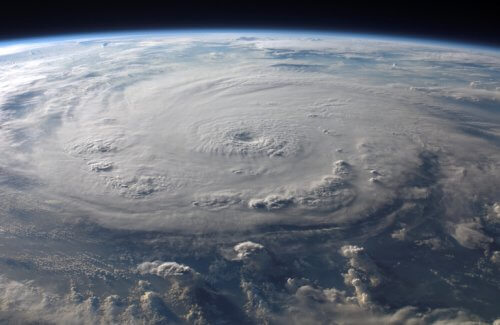 For those who reside along the U.S. Gulf Coast, hurricane preparedness is a term that yields anxiety and reluctance. Regulated by the Bureau of Safety and Environmental Enforcement (BSEE), companies who perform operations within the offshore industry must meet Safety and Environmental Management Systems (SEMS) requirements. Of the various provisions required, any company performing offshore work must be equipped with emergency response and control procedures.
For those who reside along the U.S. Gulf Coast, hurricane preparedness is a term that yields anxiety and reluctance. Regulated by the Bureau of Safety and Environmental Enforcement (BSEE), companies who perform operations within the offshore industry must meet Safety and Environmental Management Systems (SEMS) requirements. Of the various provisions required, any company performing offshore work must be equipped with emergency response and control procedures.
In readying critical systems, asset managers need to be able to monitor the health and structural integrity of the offshore assets during a hurricane. Particularly when personnel have been evacuated, accurate and reliable monitoring provides the necessary “eyes and ears” on the platform, allowing for informed decision-making in operations where safety is of paramount importance.
Implementing a resilience strategy
Hurricane season begins in June and lasts through November. Knowing this, offshore operators have a window of opportunity ahead of the season to proactively prepare with a resilience strategy. This involves implementing plans, procedures and technology to ready their operations and offshore assets for the disruption caused by extreme weather events.
Being hurricane-ready begins months before the start of the season. Part of the preparation is observing the environment and analyzing patterns based on what has been observed before. To do this effectively, data collection and effective analysis becomes vital. Without it, it’s impossible to gain organizational resilience and have any foresight when an event is on the horizon.
The technology around data transmission has improved significantly in recent years. The way we organize data has made it readily accessible, and processing capabilities have expanded. With these advancements, companies can harvest data insights in real-time and combine these insights with historical records spanning 20 to 30 years. With the combination of new data and a timeline of events, they can make accurate predictions about extreme weather events and ensure the appropriate control and mitigation measures are in place.
Vulnerable offshore assets
For wind turbines, countering strong winds requires built-in mechanisms to lock the blades and protect the platform until the storm subsides. As well as contending with extremely high winds, the turbine’s foundation must have the ability to endure large, powerful waves, and variations in loads and how they impact the platform compared to normal operating conditions. All of these factors need to be considered in the design and maintenance of wind turbine platforms, and particularly for those turbines being installed in areas most impacted by hurricanes and storms, such as the Gulf of Mexico. In these areas, extreme weather protection becomes a critical factor that must be considered or the investment in installing, operating and maintaining platforms could quickly become untenable.
Additionally, a common point of concern for any floating offshore platforms is mooring lines. To ensure the platform is maintained both during a hurricane and for the longer term, measuring both the mooring systems and GPS data can provide remote operators confidence that the platform is upright and on location. Many structures are going into ultra-deep water and use advanced mooring systems, and companies want assurance that the systems are performing the way they expect. If you can tap into measurements of the mooring lines to detect breakage or tension levels, this can provide a level of assurance.
Having a general view of what is happening on offshore platforms can also inform operators of the asset’s condition. By installing camera systems, they can see images of helicopter decks, rigs or moon pools, or indeed any area where they are concerned damage can occur. Having one monitoring system collecting the above data sets or one asset monitoring platform that consolidates data from multiple sources can improve the operator’s abilities to respond to extreme events.
What to do when disaster is approaching
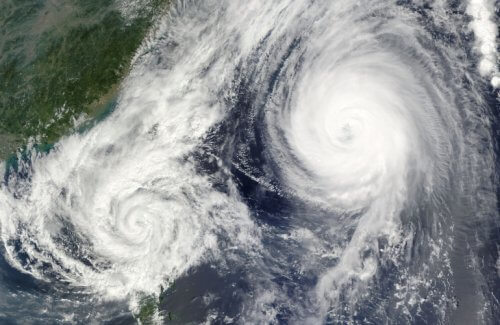 Offshore facilities are highly complex, with many interdependent systems for power, communications and sensors for data collection. Failure at any one point can lead to the onshore teams being left blind to the events happening at sea. Therefore, operators should install remote monitoring systems independent of day-to-day operating systems.
Offshore facilities are highly complex, with many interdependent systems for power, communications and sensors for data collection. Failure at any one point can lead to the onshore teams being left blind to the events happening at sea. Therefore, operators should install remote monitoring systems independent of day-to-day operating systems.
Independent remote monitoring systems can be used in line with the operator’s hurricane plan and its phases as the weather system approaches. As hurricanes approach, non-essential personnel are evacuated from the platform and measurement systems enter standby mode. Data starts is collected through the monitoring system. When all personnel are evacuated, videos, images and other data is transferred onshore for visualisation on an online data management platform. When the hurricane hits the platform, further data is gathered, and the platform is monitored closely.
Frequent measurements of sensors are important to fully resolve the motions and forces assets are experiencing. Data is typically sampled at a frequency high enough to capture the responses during an extreme weather event. This high resolution aids operators in capturing the impact of extreme waves and wind on the platform. Operators are also able to validate this data using machine learning, and they compare it against third-party sources such as NOAA’s network of weather monitoring buoys to further strengthen their understanding of the impact of events.
Maintenance, inspection and safety
Post and pre-event activities are crucial for gaining operational resilience, but companies must consider another ongoing aspect. Maintenance and inspection play a significant role in resilience — after a weather event has occurred and throughout the year. Ensuring platforms are safe before anyone steps onto them is crucial. Where possible, companies will use remote tools and only send teams to the platform when necessary as they want to reduce the amount of time people have to go near dangerous environments to minimize risk.
The value of integrity
When companies implement strategies to monitor and protect their assets, it’s not just about being successful and profitable. Resilience will achieve those targets, but integrity is the overarching goal. In offshore preparedness, integrity is about companies showing that the work they’ve put into mitigating the impact of extreme weather events is long-lasting and will go toward sustaining their platforms for many years into the future.
It also means that they’ve made a concerted effort to ensure their platforms are sustainable and doing the least amount of harm to humans and the environment.
With climate change firmly on the agenda for offshore companies, following environmental governance and reducing potential sources of harm is a priority. The efforts companies make to prepare for extreme weather events also helps them collaborate with local, state and federal governments to utilize the best available science and traditional knowledge to minimize conflict. These collaborative efforts will all feed into future offshore projects they might pursue and enable them to put their best foot forward.
 Jeffrey Lewis is a Senior Technical Consultant at BMT where he has been instrumental in the creation and implementation of met ocean and structural monitoring solutions to the maritime and offshore energy industries for over 30 years.
Jeffrey Lewis is a Senior Technical Consultant at BMT where he has been instrumental in the creation and implementation of met ocean and structural monitoring solutions to the maritime and offshore energy industries for over 30 years.
Filed Under: Featured

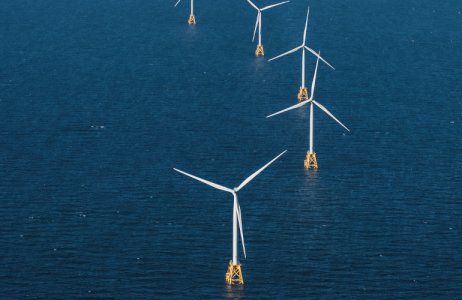
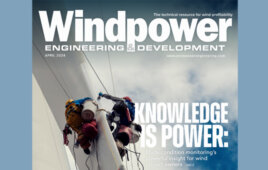

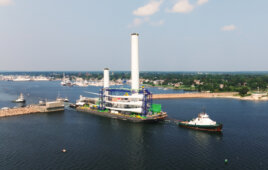
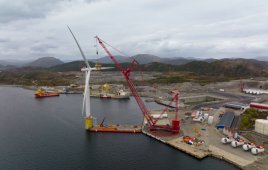
Ironically, the Louisiana Insurance Commission will not allow the pass thru of “hardening expenses” to customers and will only allow the recovery of expenses to “replace” what was there. Does this really serve the customer. How many times have we replaced the same old infrastructure knowing that “better” exists?